Email marketing is not just about sending messages; it's decoding the language of engagement. In every open, click, or unsubscribe, there's a narrative—unlocking it is the key to transforming your inbox into a strategic powerhouse.
Posted January 26th, 2024 by Jessica Granish
Do your email marketing messages vanish into the void, devoured by the black hole of unread inboxes? Is your email marketing lacking the essentials it needs to succeed? According to McKinsey, a staggering 70% of emails sent by B2B businesses never even get opened. 😱 It's enough to make you want to rip your hair out. But what if your inbox isn't a curse, but a treasure trove waiting to be unlocked? 📧✨
The truth is, within every inbox lies a buried map to explosive growth. Every unsubscribe, every open, every click whispers a story about your audience, a hidden pathway to skyrocketing ROI. But it's locked away, guarded by robotic blasts and generic, one-size-fits-all campaigns.
Forget the doldrums of uninspired spam. Today's email marketing thrives on strategic agility and personalized experiences. It's about cracking the code of your audience, building meaningful relationships, and transforming your inbox into a launchpad for success.
Lets decode the these
7 crucial keys:
1. Foundation in Analytics and Monitoring:
Drowning in data? You're not alone. 59% of marketers struggle to navigate the inbox analytics flood. Ditch the guesswork! Continuously monitor three key metrics:
Actionable Steps:
2. Feedback Loops: Your Real-Time Radar:
Don't get lost in the inbox wilderness! Email service providers offer feedback loops, your real-time radar for spotting disengaged audiences and avoiding spam storms. These insights let you:
Actionable Steps:
3. Adjusting the Sails: Metrics for Course Correction:
Like a ship adjusting its sails to navigate changing winds, your email strategy requires periodic adjustments. Analyzing key metrics such as bounce rates, open rates, and click-through rates guides your course correction. It ensures your emails not only reach the intended destination but also resonate with your audience.
Remember: Subject lines can make or break (64% open based solely on headline!). A/B test different subject lines and formats to find what grabs attention.
Actionable Steps:
Hotjar is a freemium tool that is a web analytics and feedback tool that helps website owners understand user behavior through features like heatmaps, session recordings, surveys, and feedback forms. It provides valuable insights to optimize the user experience and improve website performance.
4. Adaptation in a Dynamic Landscape:
Email marketing is a living voyage, not a static map. Regularly rechart your course – authentication protocols, content formats, and engagement strategies – to navigate evolving currents. Embrace new technologies and adapt to changing audience preferences.
Remember: Security matters (85% of B2B buyers prioritize it!). Stay updated on the latest authentication protocols like DMARC and implement best practices for data security to build trust with your audience.
Actionable Steps:
5. Looking Back to Move Forward: The Value of Hindsight:
Past campaigns hold buried treasure! Analyze them to identify winning strategies and avoid hidden reefs. This retrospective view steers your future emails towards profitable shores.
Remember: Personalized emails bring 6x the rewards! Analyze past campaigns to identify segments that responded well to personalization and replicate those successes in future campaigns.
Actionable Steps:
6. Beyond the Digital Sea: Tangible Impact Ahoy!
Robust email management extends beyond the digital realm; it has a tangible impact on your brand reputation, customer engagement, and regulatory compliance. Navigating the complexities of email regulations, ensuring data security, and maximizing deliverability fortify your business against potential pitfalls.
Remember: Customer churn costs! The average cost of losing a customer is 5 times the cost of acquiring a new one. Building strong customer relationships through effective email management reduces churn and boosts customer lifetime value.
Actionable Steps:
7. Embracing a Holistic Approach:
In essence, email management is not merely a series of technical tasks; it's a holistic approach to fostering growth, building meaningful customer relationships, and ensuring a positive impact on your bottom line.
Remember: Omnichannel integration unlocks success! 72% of marketers report that integrating email with other marketing channels improves campaign performance. Aligning your email strategy with your overall marketing approach optimizes your reach and impact.
Actionable Steps:
In Conclusion
By embracing a holistic approach to email management and integrating it with your overall marketing strategy, you can unlock its true potential as a powerful tool for driving growth, building loyalty, and achieving lasting success.
As you navigate the evolving landscape of business communication, a strategic focus on effective email management stands as a key driver for your continued success. Embrace the future of your email marketing success by taking proactive steps today. Whether you're a seasoned professional or just starting, I'm committed to assisting you in seamlessly adapting to the evolving landscape of email standards.
Don't wait for email purgatory to strike! Take control of your deliverability TODAY with a FREE 20-minute no-strings consultation and email audit!
In just 20 minutes, you'll get:
Book a Call Now and let us work with you towards a more robust and effective email marketing future.
Comments
Jessica Granish
The Wizard Behind The Curtain, Tech And Marketing Integrator
Meet Jessica Granish, a heart-centered trailblazer in the dynamic intersection of tech, marketing, and systems integration.
Free Tech and Marketing Audit Session
How to Maximize Your Online Visibility with our Tech and Marketing 20 Min Rapid Audit.
Free Tech and Marketing Audit Session
How to Maximize Your Online Visibility with our Tech and Marketing 20 Min Rapid Audit.
After our Tech and Marketing 20-Min Rapid Audit, you'll walk away with immediate insights and actionable recommendations tailored to enhance your online visibility. Discover quick wins and unlock the potential for rapid growth in just a brief session!
Keep Reading...
© Copyright Alpine Small Business Solutions, LLC. All Rights Reserved


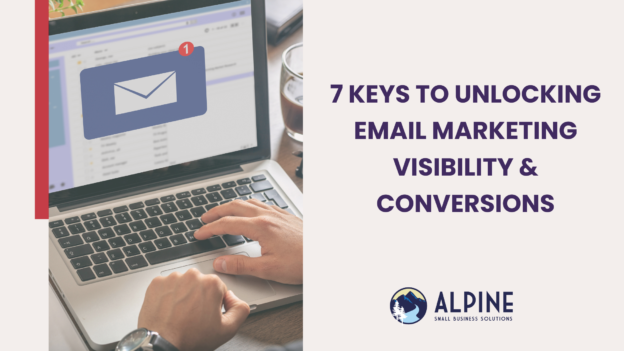

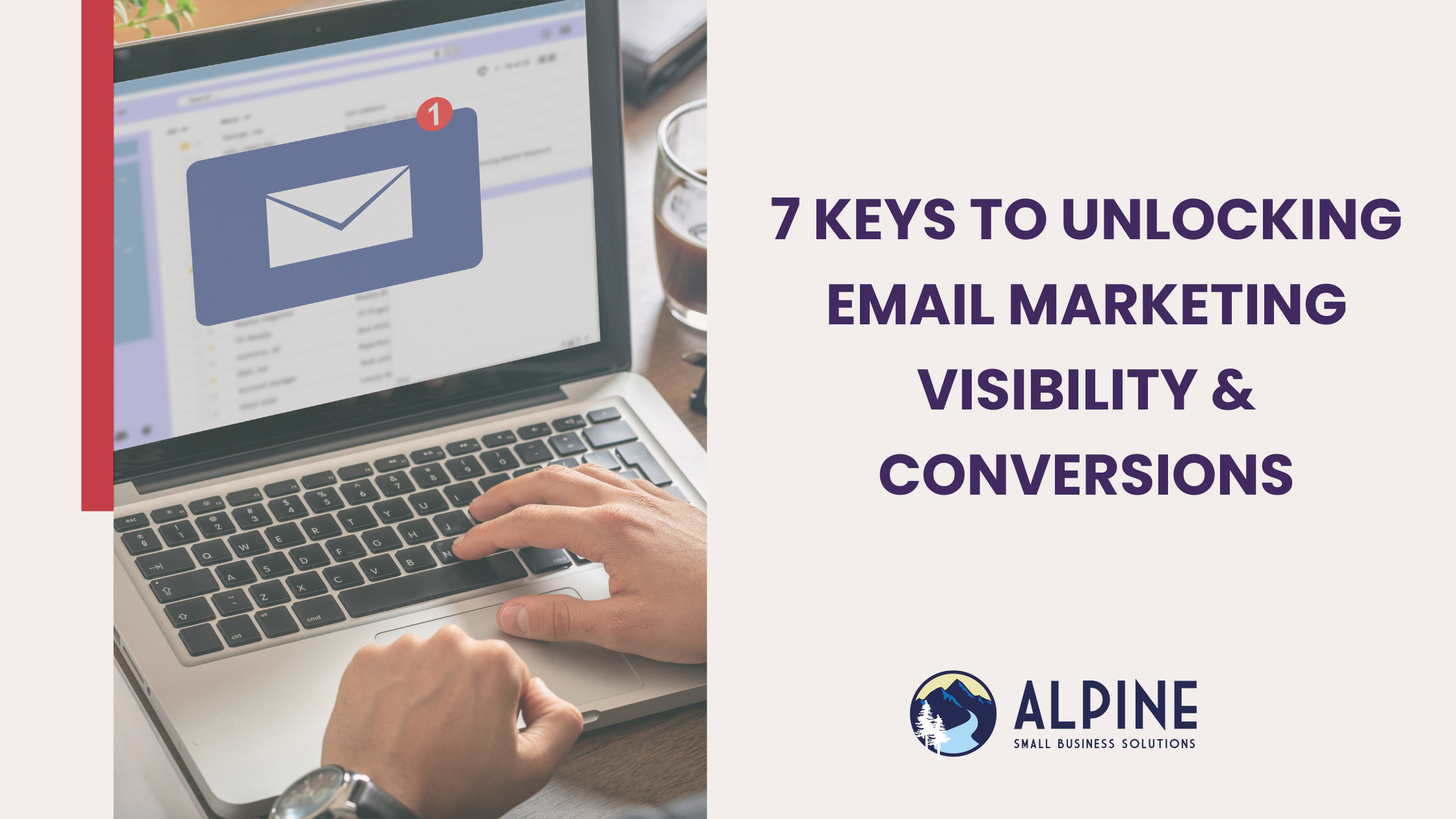
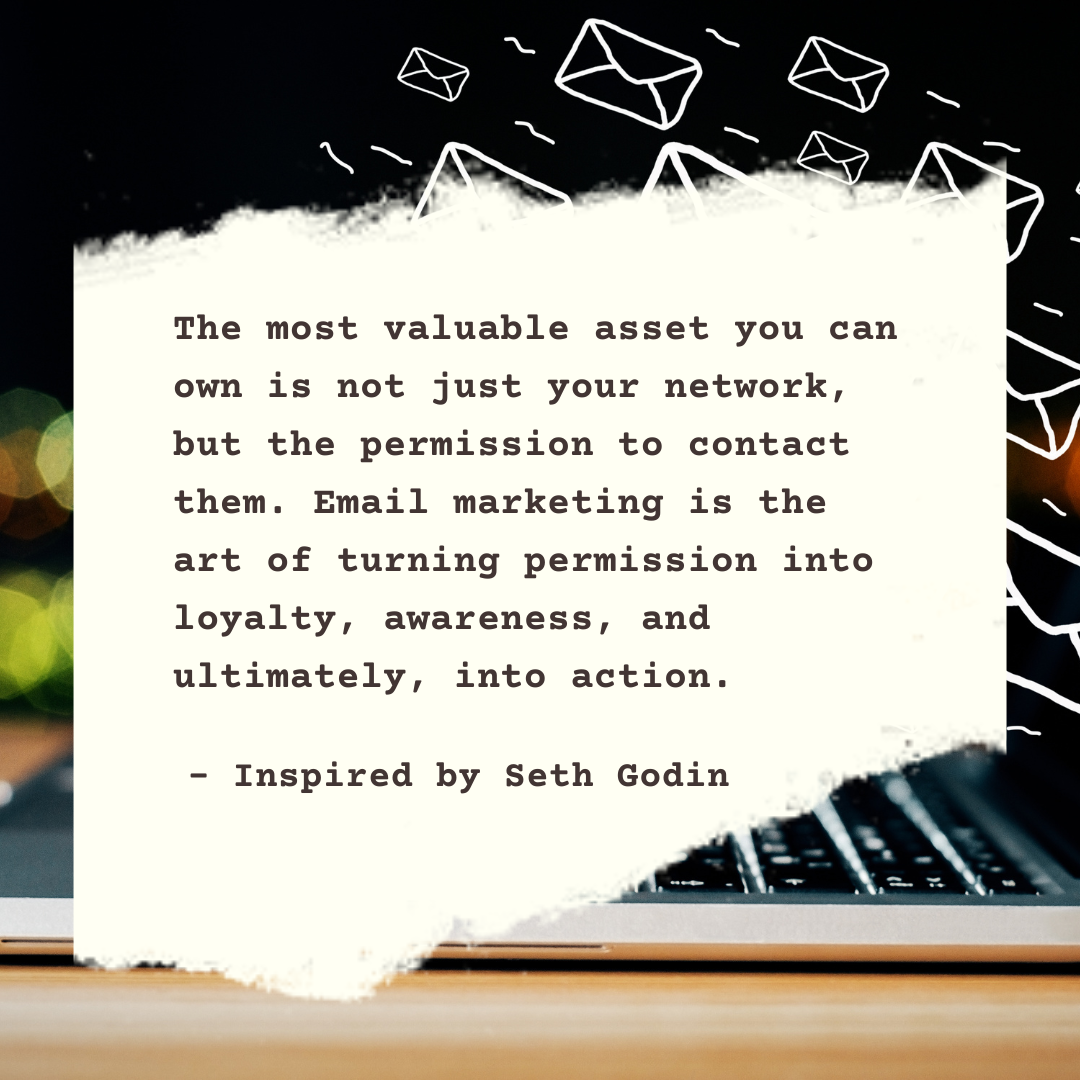

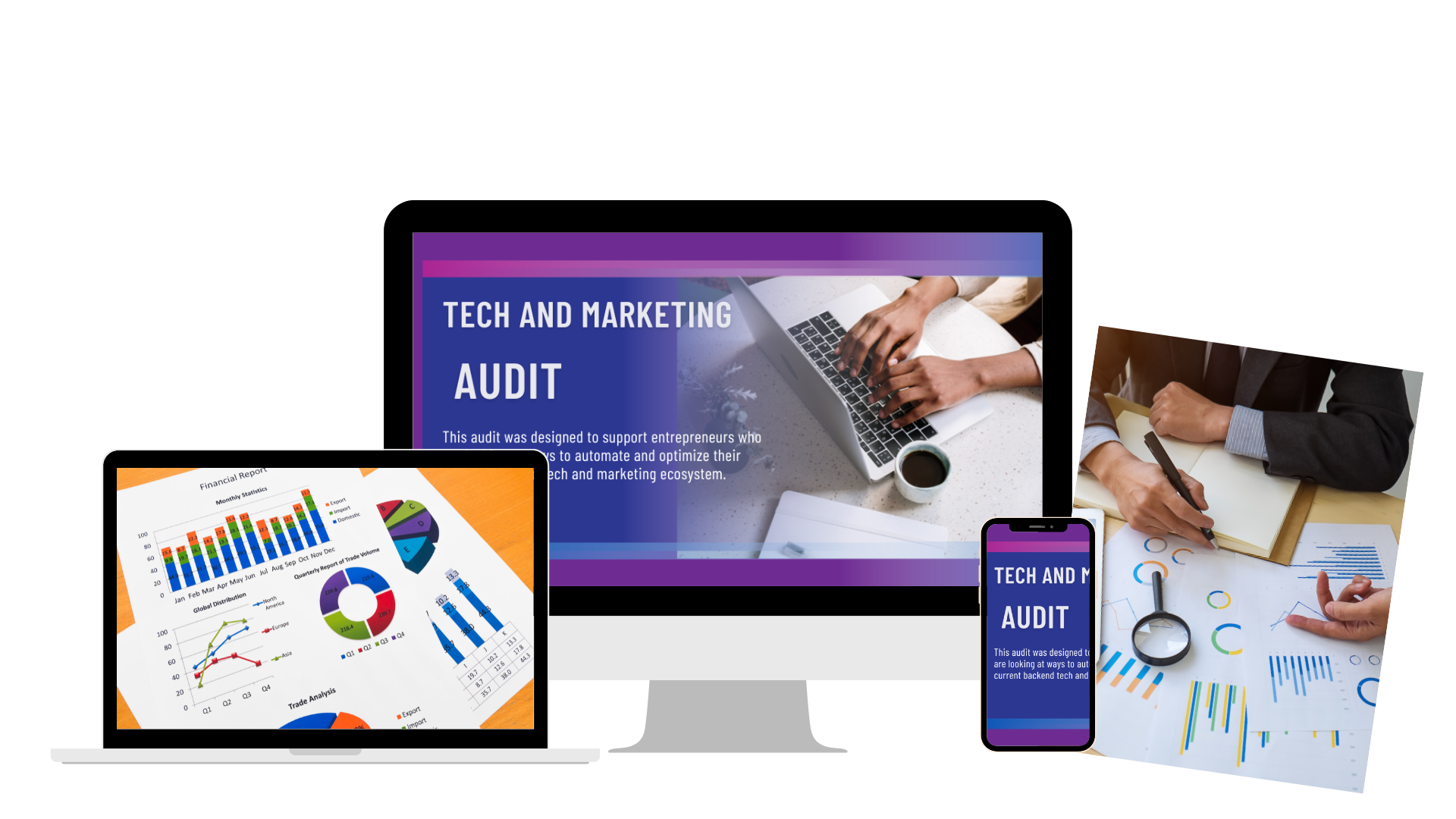
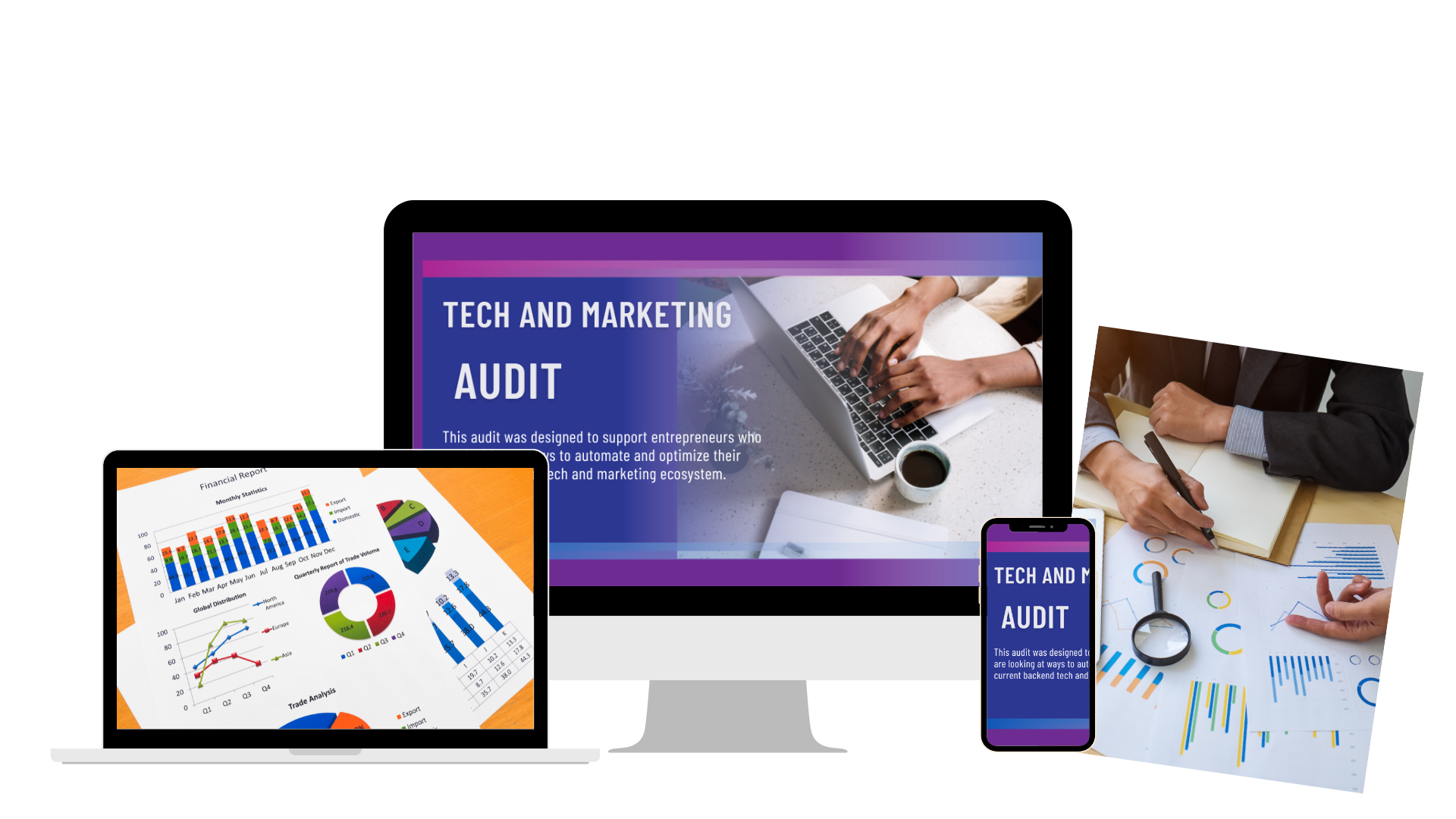
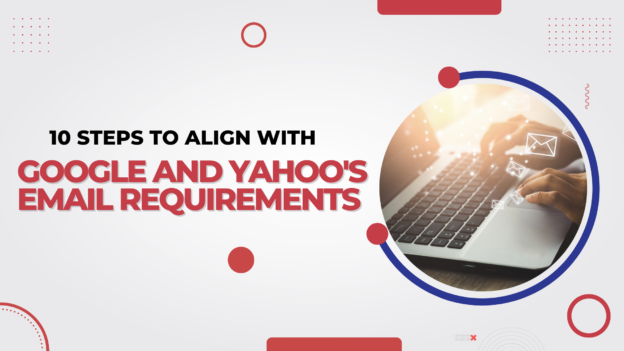

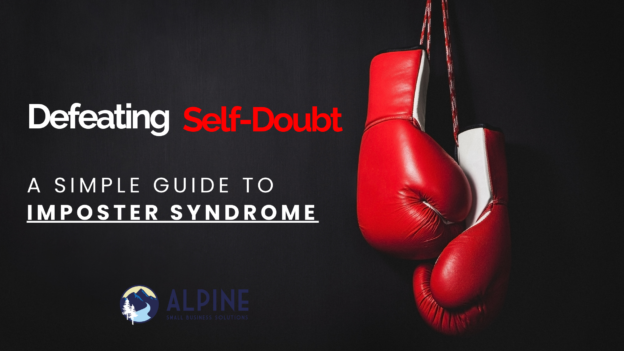

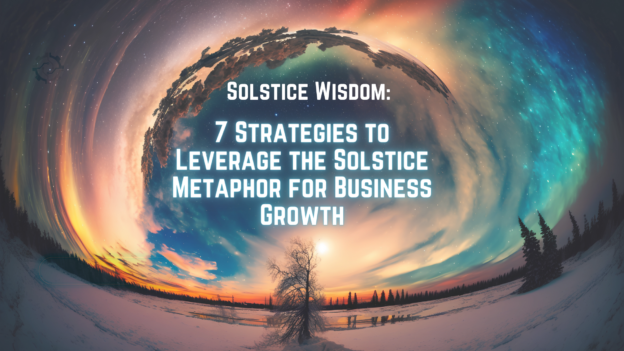


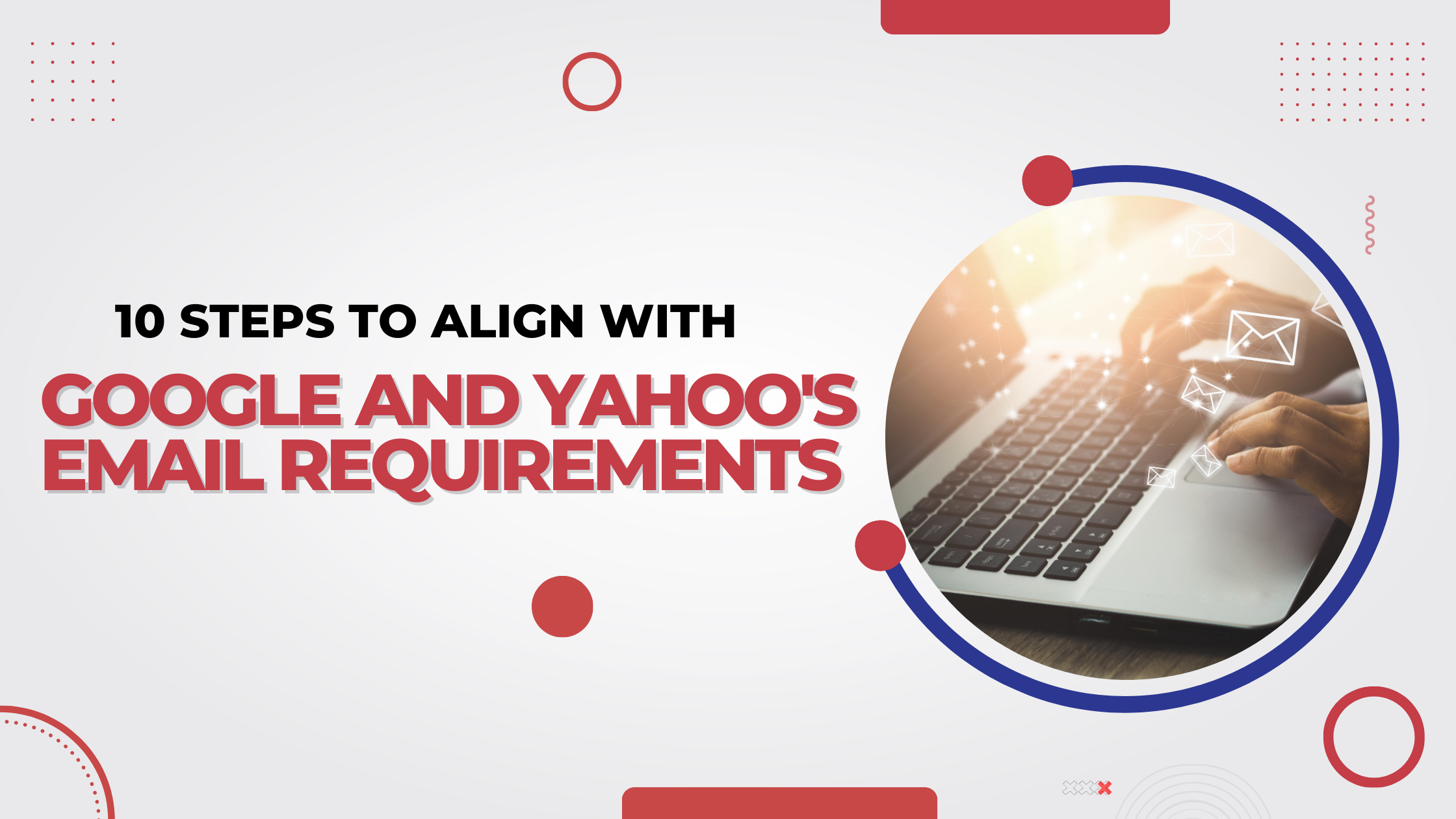

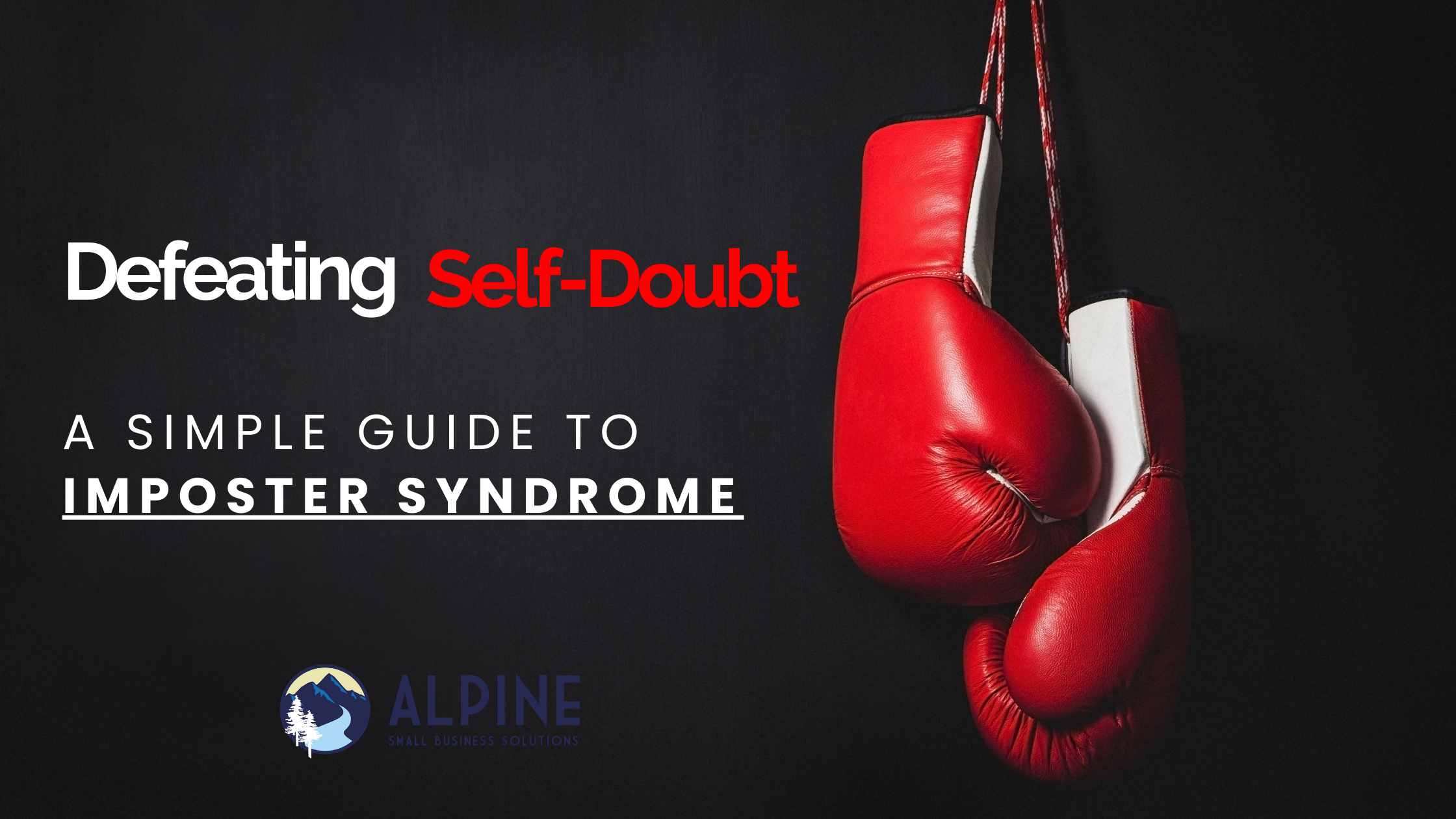
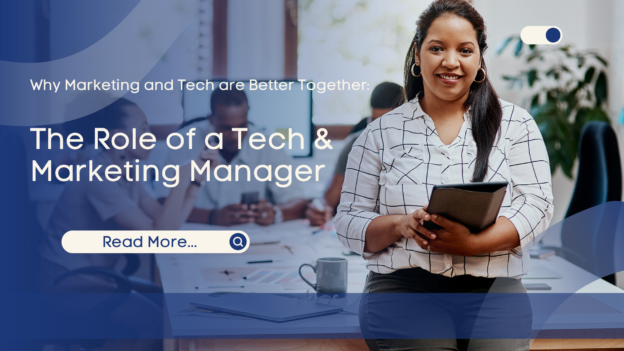
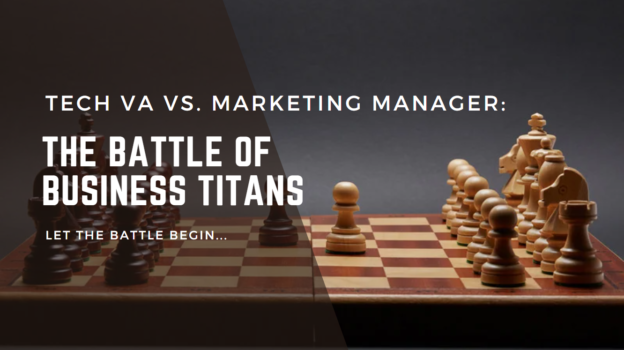
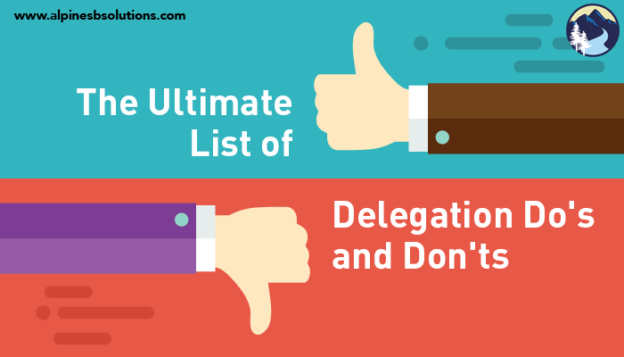
 deadline or taking a bit more time to submit a quality project, which do they choose? Is the underlying goal of the
deadline or taking a bit more time to submit a quality project, which do they choose? Is the underlying goal of the  ready for greater responsibility. But, if they genuinely do not feel ready it may be a bad experience for them. Try to build up their confidence and remind them that you feel they are ready. If that fails and they still are uncomfortable at the thought of the project, find a new employee. It is not worth the
ready for greater responsibility. But, if they genuinely do not feel ready it may be a bad experience for them. Try to build up their confidence and remind them that you feel they are ready. If that fails and they still are uncomfortable at the thought of the project, find a new employee. It is not worth the  deadline, be cautious about underestimating the length of time the project will take. It may only take you a week, but your employee may need to do outside research adding a day or two. Or maybe your employee hits some unexpected roadblocks, requiring you to take the time to provide guidance or assistance. Always estimate more time to provide a buffer in case things don’t go as smoothly as planned.
deadline, be cautious about underestimating the length of time the project will take. It may only take you a week, but your employee may need to do outside research adding a day or two. Or maybe your employee hits some unexpected roadblocks, requiring you to take the time to provide guidance or assistance. Always estimate more time to provide a buffer in case things don’t go as smoothly as planned. delegation to avoid doing unpleasant tasks. Good leadership means being willing to do the menial, the unappealing, and aggravating tasks for the good of the business.
delegation to avoid doing unpleasant tasks. Good leadership means being willing to do the menial, the unappealing, and aggravating tasks for the good of the business.